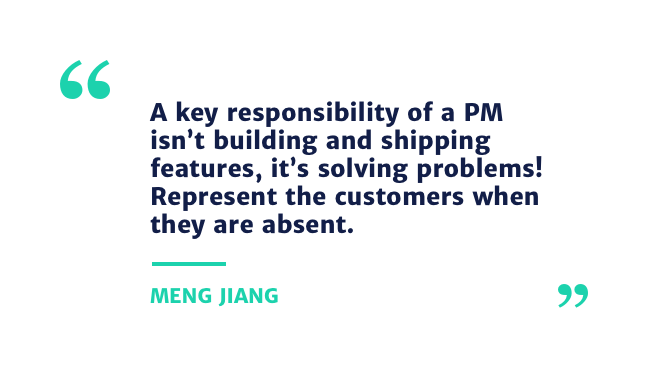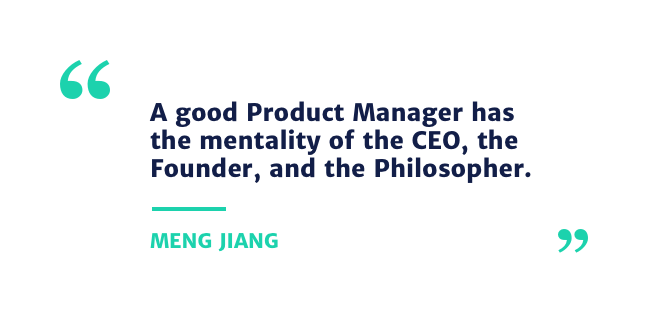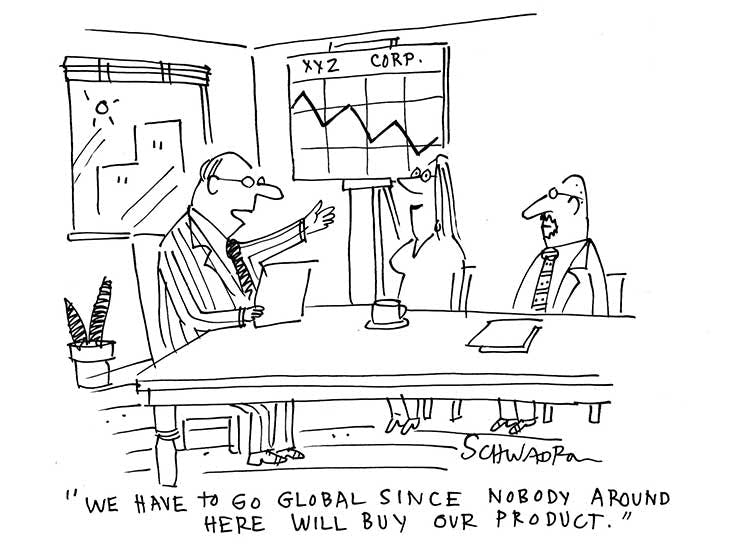Updated: January 24, 2024 - 3 min read
Being successful in the International Market requires understanding the local customers and the local ecosystem. Learn what you need to know!
How are you planning to enter a new market? Do you know the right steps on the way to China? Did you already define a specific method to approach International Markets? Foreigners make mistakes when entering new markets because they think it’s easy-peasy. Certainly, every company has different approaches to this and Meng Jiang will tell us how he’s doing it as a PM Leader at Amazon Alexa so you can avoid the common pitfalls.
Meet Meng Jiang
Meng Jiang is a Product Management Leader at Amazon Alexa. He has a BS/MS in Computer Engineering from Rochester Institute of Technology and an MBA in General Management from Harvard Business School. He is an expert in cloud computing, product management, cross-border business strategy, and entrepreneurship. He has repeatedly helped companies expand beyond their borders (AWS, Alexa, Shopbop, Groupon, etc.) and has rich experiences within startup and investor communities.
What is the Role of a Product Manager?
A blend of business, UX, and tech.
Act as the glue among cross-functional teams.
Own the roadmap and long-term vision of the product.
Identify product-market fit.

What Makes a Good Product Manager?
A good product Manager should have and be:
Customer-obsessed – always wear the customer hat and work backwards.
Strong ownership – takes full responsibility in terms of success of the product.
Think big – rise above the daily fire drills and focus on long-term vision.
Earn trust – rally the teams by inspiring trust and communicating clearly.
Prioritize furiously – data-driven decision making to guide resource allocation.

International Markets

The world is NOT flat when it comes to customer experiences.
Internationalization vs. localization vs. customization
Internationalization– the design and development of product and services that allow for localization. (ex. enabling the use of Unicode, supporting bidirectional text, separating localizable elements, etc.)
Localization– the adaptation of product and services to meet market-specific language and cultural requirements. (ex. date and time format, currency, market-relevant documentation, etc.)
Customization– targeting the right customers with the right product and services to account for market preference variations. (ex. make and model of cars, branding, UI/UX, etc.)
All three focus on Personalization.
How are international markets different?
Language
Currency
Measurements
Date and time format
Customer behavior
Consumer ecosystem
Cultural awareness
Why do companies fail in China (and other markets)?
Short-term focused – prioritize global markets based on profitability.
Victim of past success – rely too much on experience in existing markets.
Centralized decision-making – local teams not empowered to make decisions.
Slow global processes – trading off speed for global consistency.
Local know-how – lack of understanding of the legal and cultural environment.
Diverging ecosystem – different content and service providers.
How to Approach International Markets?
Leverage but don’t rely on existing products and services.
Understand the customers.
Understand the playing field.
Hire the right talent and delegate.
Speed matters.
Don’t be afraid to make changes.
Long-term commitment.
Have you entered international markets successfully? If so, share your insights with us! @ProductSchool
Updated: January 24, 2024